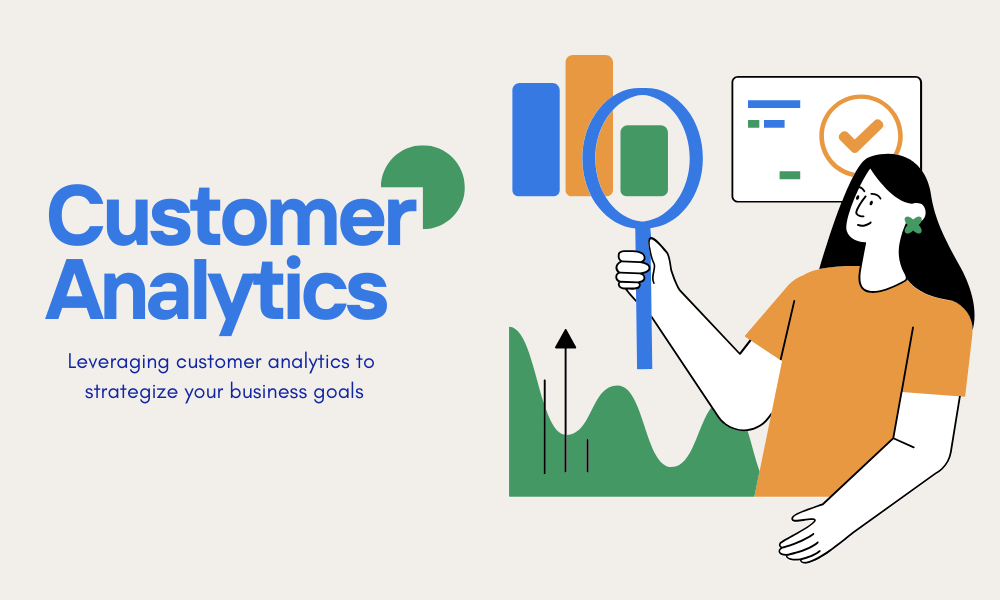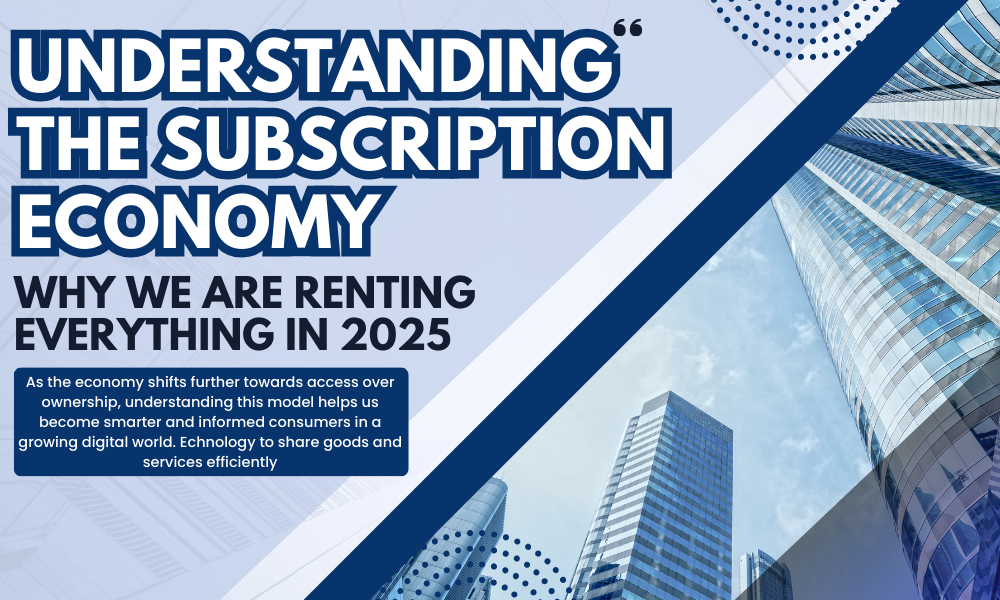Customer Analytics: Turning Customer Data into Smart Business Moves
In a world where digital interactions never stop, it’s not a choice to know your customers—it’s necessary.,. Businesses gather vast amounts of information from apps, websites, social media, and support chats every day. But it’s not about possessing the information. It’s about interpreting it. That’s the job of customer analytics—digging through customer details to guide smarter decisions and improved results. In a world where digital interactions never stop, it’s not a choice to know your customers—it’s necessary.,. Businesses gather vast amounts of information from apps, websites, social media, and support chats every day. But it’s not about possessing the information. It’s about interpreting it. That’s the job of customer analytics—digging through customer details to guide smarter decisions and improved results.

What Is Customer Analytics?
Customer analytics is all about learning the way people engage with your business. It looks at their behaviour, preferences, and decisions to help companies understand what drives them. By doing so, businesses can offer personalized experiences, stay ahead of customer needs, and build stronger relationships This handbook will guide will walk through different types of customer analytics, their advantages, important tools, real examples, and how businesses can optimize them—irrespective of size or industry.
Main Categories of Customer Analytics
Descriptive Analytics
Looks back and asks, “What happened?” It summarizes past behavior. For example, it might highlight which goods were popular last month.
Applied to:
- Building customer profiles
- Reviewing purchase history
- Tracking website visits
Diagnostic Analytics
Strives to explain, “Why did it happen?” If sales dropped suddenly, diagnostic tools assist in determining the cause.
Applied for:
- Understanding churn
- Finding out which channels work best
- Analysing complaints
Predictive Analytics
Begins my looking ahead and asking, “What’s likely to happen?” Based on past behaviour, it forecasts future actions—such as, when a customer might stop buying.
Applied for:
- Predicting churn
- Making product recommendations
- Planning future revenues
Prescriptive Analytics
Provides advice based on predictions. It helps businesses in determining the next best thing to do.
Applied to:
- Targeted promotions
- Establishing elastic pricing
- Allocating resources
Segmentation Analytics:
Divides customers into groups based on common characteristics. This is used to send the correct messages to the right audience.
Applied in:
- Personalized ads
- Loyalty schemes
- Offer Bundling
Engagement Analytics
Monitors customers’ interaction with content and platforms. This refines brands’ interaction with the user.
Applied In:
- Evaluating content performance
- Adjusting social plans
- Mapping user journeys
Satisfaction and Retention Analytics
Monitors customers’ sentiments and why they remain or depart. This data is often gathered through surveys and ratings.
Applied for:
- Identifying dissatisfied users
- Enhancing service
- Updating product features

Why Customer Analytics Is Important?
Investing in customer analytics offers a various benefits that can transform your business. Increased Marketing Efficiency-By discovering what does work and what doesn’t, businesses can send messages that really resonate. This saves time and resources.
Better Retention
Understanding the factors of customer turnover and loyalty helps companies to proactively address issues, personalize efforts and retain them longer.
Greater Revenue
Knowing what customers desire enables businesses to provide things that they’re more apt to purchase, driving overall sales.
Better Products and Services
Customer feedback and behavior data identifies areas of inefficiency and areas for enhancement. It influences new concepts and improved offerings.
Smoother Customer Experience
Analysing the customer journey and points of contact with the customer helps business to identify and remove disagreement, ensuring a frictionless flow, smoother customer experience and goodwill.
Staying Ahead
Having decision-making based on data enables companies to adapt to change more quickly and remain one step ahead of the competition.
Cutting Costs
By prioritizing high value customers and eliminating wasteful spending results in improved resource utilisation.
Quick Stat:
According to information, a McKinsey report shows that data-driven companies are 23 times more likely to win new customers and 19 times more likely to stay profitable.
Tools and Techniques for Customer Analytics
Popular Methods Include:
- Data Mining: Uncovering patterns hidden in massive data sets.
- Predictive Modelling: Forecasting what customers will do next
- Cohort Analysis: Comparing groups over time to analyse lifecycle trends.
- Sentiment Analysis: Analyzing customer reviews, social posts and response to gauge sentiment and contentment.
- A/B Testing: Testing two versions of something to compare the effectiveness of different strategies or experiences and see which works better
Top Tools in 2025:
- Google Analytics: Monitors online behavior
- Mix panel: Tracks in-app behavior
- Tableau: Creates data dashboards
- Hotjar: Depicts user behavior visually
- VWO: Runs experiments on websites
- Brandwatch: Tracks online mentions and mood
- Woopra: Maps complete customer journeys
Other big names include Adobe Analytics, Salesforce Analytics Cloud, Zendesk, and FullStory.
Real-World Examples
Personalized Ads: Business utilize real-time and predictive analytics to categorise customers more effectively and provide highly customised marketing messages. Fashion brands apply browsing data to suggest styles. E-commerce sites adapt offers in real time.
Flexible Pricing: Airlines, ride and share services increase or decrease prices in response to demand availability and competitor rates, maximizing revenue while maintaining customer experience and satisfaction.
Stopping Churn: Predictive analytics recognises at-risk customers allowing companies to proactively engage them with targeted retention or personalized offers. Companies such as Starbucks utilize customer information to build loyalty rewards that bring customers back.
Smart Recommendations: Amazon and Netflix use customer analytics to recommend what you may like from what you have already viewed or purchased.
Inventory Control: Amazon and Walmart utilize real-time information to maintain inventory levels on shelves and delivery without interruption.
Fraud Checks: Financial institutions, like banks detect and respond to unusual activity in real-time utilizing real-time analysis. Amazon even notifies you of shipping delays before you request it—because their system recognizes that a delay is on the way.
Customer Support: Companies use predictive analytics to analyse customer issues and provide solutions before problem intensify. Amazon even alerts you about shipping issues before you ask—because their system knows there’s a delay coming.
Best Practices for Using Customer Analytics
- Begin with well-defined objectives. Know what you’re measuring and why.
- Choose the right tools. Ensure your systems play nice together.
- Keep data clean. Mistakes mean poor decisions.
- Ensure Data Security and Compliance: Be transparent to customers and comply with regulations
- Promote Inter-disciplinary Cooperation: Teams need to share what they learn and take action
What’s Next?
Customer analytics is set to expand quickly. Anticipate solutions to speed up, get smarter, and integrate more.
More Personalization: AI will enable companies to calibrate content and offers for every individual in real time.
Stronger Predictions: Improved models will provide better guidance and predictions.
Connected Data (Omnichannel Integration): All platforms—mobile, desktop, physical store—will contribute to a single view of every customer.
Privacy First: As more focus is placed on data rights, companies will prioritize honesty and permission.
User Friendly Tools: User friendly and self-service platform will make advanced analytics convenient even to non-technical employees to draw conclusions without assistance.
Real Time Analytics: As analytics become quicker, businesses will act on customer demands nearly in real-time.
Conclusion
Customer analytics is more than just a helpful tool—it’s a game-changer. It gives companies the power to understand their audience, make better decisions, and grow with purpose. Whether you’re new to it or ready to upgrade your approach, taking customer data seriously can be the difference between surviving and thriving in today’s market.
Author’s Bio
Ira Singh, Follow my journey as a versatile freelancer, currently immersed in the world of news and information at Newsinc24 in New Delhi, all from my home office. With over 7 years of experience in Finance and Research Analysis, I bring a wealth of expertise to every project.



















